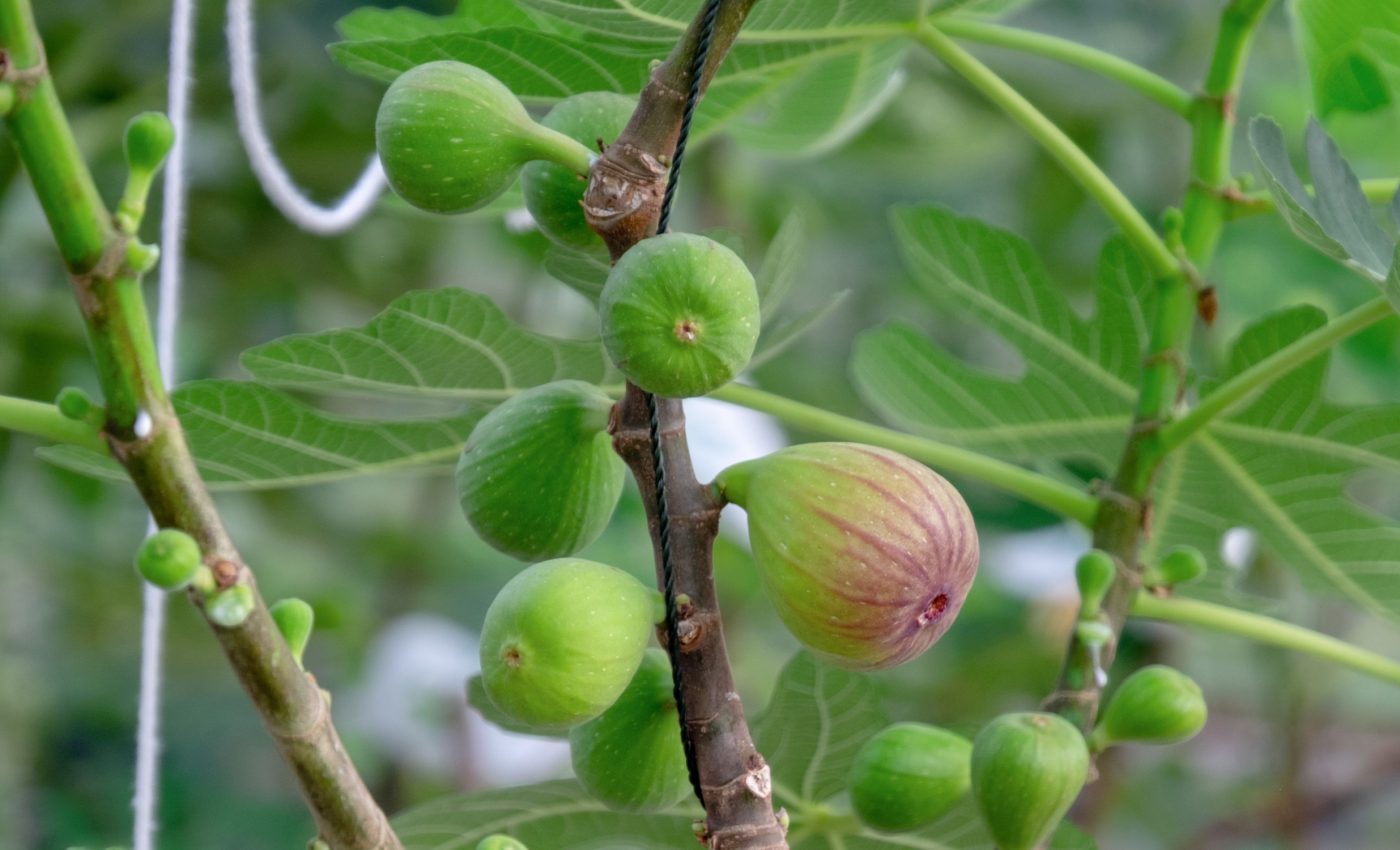
How fig trees turn parts of themselves to stone
Some species of fig trees possess an extraordinary ability. They can store calcium carbonate inside their trunks, essentially turning parts of themselves into stone.
A new study shows that these trees absorb carbon dioxide from the air and lock it away as calcium carbonate rocks in the surrounding soil.
This surprising discovery comes from an international team of scientists from Kenya, the U.S., Austria, and Switzerland. The experts presented their research at the Goldschmidt Conference in Prague.
How fig trees store carbon
These fig trees, which naturally grow in Kenya, are among the first known fruit-bearing trees to use a process called the oxalate carbonate pathway. This process plays a unique role in how these trees manage carbon from the atmosphere.
Like most trees, they absorb carbon dioxide from the air during photosynthesis. They then convert this carbon dioxide into organic carbon, which helps the trees grow.
The carbon becomes part of their physical structures, including their leaves, roots, branches, and trunks. This is a common way in which trees capture and store carbon.
However, the trees have an additional, remarkable ability. Besides storing carbon in their leaves and wood, they also produce special crystals made from a compound called calcium oxalate.
Over time, the calcium oxalate crystals break down and change into calcium carbonate. Calcium carbonate is a mineral found in natural substances like chalk, limestone, and seashells. It has the ability to stay locked in the soil for a much longer time than regular organic carbon.
Benefits of carbon storage
This process provides two major benefits. First, it keeps carbon locked away in a stable, mineral form, reducing the amount of carbon dioxide that might return to the atmosphere.
Second, the formation of calcium carbonate raises the pH of the soil, making it less acidic. This change in the soil’s chemistry improves the availability of certain nutrients, making the surrounding environment healthier for plants and soil organisms.
In simple terms, these fig trees not only store carbon inside their wood but also help improve the soil while trapping carbon in a long-lasting, stone-like form.
Fig trees lock carbon in their trunks
The study’s findings were presented by Dr. Mike Rowley, a senior lecturer at the University of Zurich.
“We’ve known about the oxalate carbonate pathway for some time, but its potential for sequestering carbon hasn’t been fully considered,” explained Dr. Rowley.
“If we’re planting trees for agroforestry and their ability to store CO2 as organic carbon, while producing food, we could choose trees that provide an additional benefit by sequestering inorganic carbon also, in the form of calcium carbonate.”
The researchers studied three types of fig trees in Samburu County, Kenya. They measured how far calcium carbonate forms from the trees and examined the microbial communities involved in this transformation.
Carbon storage inside tree wood
The team used advanced techniques at the Stanford Synchrotron Radiation Lightsource. They discovered calcium carbonate deposits both on the tree bark and deep inside the wood.
Dr. Rowley noted that the calcium carbonate is formed, the soil around the tree becomes more alkaline.
“The calcium carbonate is formed both on the surface of the tree and within the wood structures, likely as microorganisms decompose crystals on the surface and also, penetrate deeper into the tree,” said Dr. Rowley.
“It shows that inorganic carbon is being sequestered more deeply within the wood than we previously realized.”
Among the fig trees studied, Ficus wakefieldii showed the highest ability to store carbon in this way. Next, the researchers plan to test its suitability for agroforestry by measuring its water needs, fruit production, and carbon storage under varying conditions.
Implications for other tree species
Previous studies on the oxalate carbonate pathway focused mostly on tropical trees that do not bear fruit. The Iroko tree, or Milicia excelsa, was the first identified species with this pathway. It can store up to one ton of calcium carbonate during its life.
Calcium oxalate, which forms these crystals, is common in many plants. Likewise, the microorganisms that convert it to calcium carbonate live in many soils.
“It’s easier to identify calcium carbonate in drier environments. However, even in wetter environments, the carbon can still be sequestered,” noted Dr. Rowley.
“So far, numerous species of tree have been identified which can form calcium carbonate. But we believe there are many more.”
“This means that the oxalate-carbonate pathway could be a significant, underexplored opportunity to help mitigate CO2 emissions as we plant trees for forestry or fruit.”
—–
Like what you read? Subscribe to our newsletter for engaging articles, exclusive content, and the latest updates.
Check us out on EarthSnap, a free app brought to you by Eric Ralls and Earth.com.
—–













